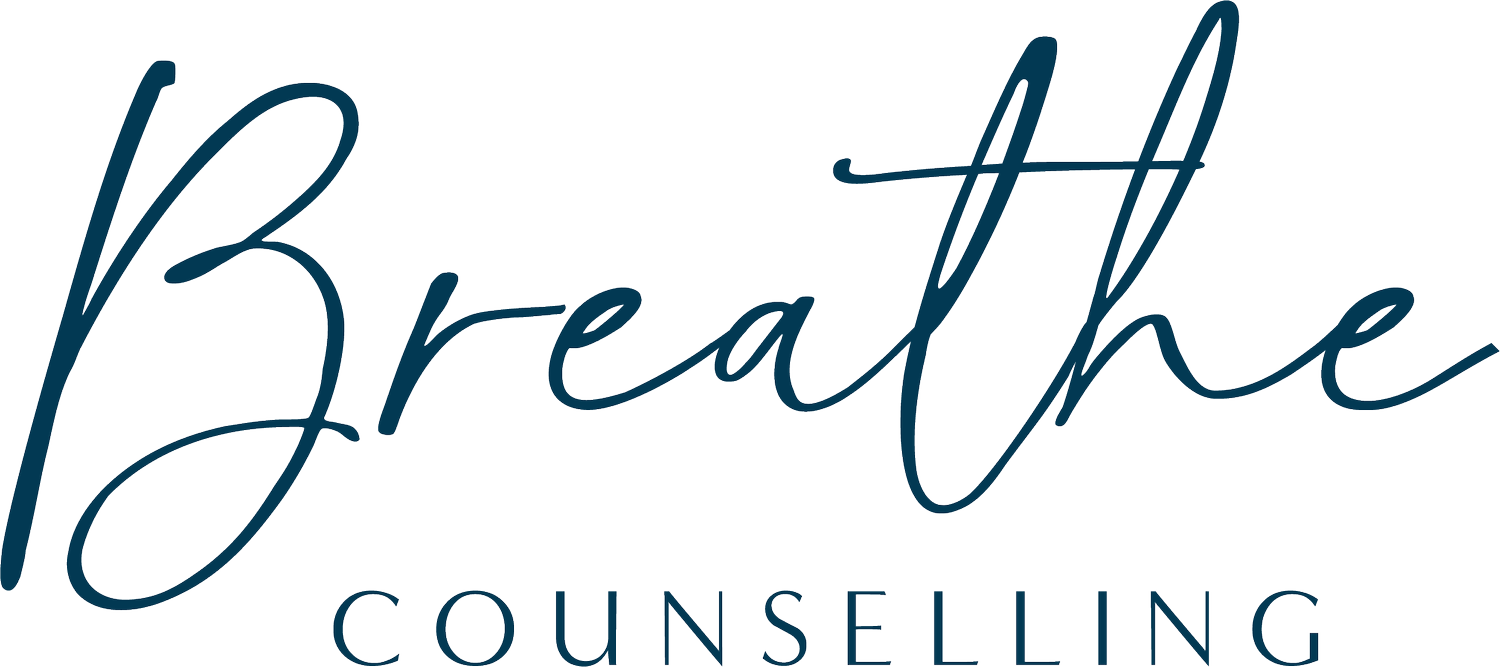What is Narrative Therapy?
When I receive calls from potential clients, one of the first questions they ask is what kind of therapies do I use to help clients feel and verify that change will happen.
I explain that when I use Narrative Therapy, it is used to help the client open up about their story, while I provide intensive listening techniques and ask questions in a specific manner to understand the client’s reality. Though many people feel telling a story may not make any impact or change, it is important to understand that narrative therapy provides a respectful, non blaming approach, which allows the client to feel and know they are the expert in their own story and lives. Narrative therapy reminds clients that they still have skills, competencies, abilities that can be used to help change the relationships that may be in danger and other problems that maybe challenged.
One of the most important features of narrative therapy that I know can bring change is the ability to ask curious questions and the willingness to answer questions or reflect on things that the person may not know the answer to. Reflection of the questions being asked can also show that there can be different directions, and that there is not one single answer and direction to a solution and understanding. Narrative therapy does not blame the person for the problem, but examines the multitude of events, relationships, etc. that may have contributed to the problem, i.e. the story around the person and the problem’ (Allan, 2009).
Another reason to use narrative therapy is the ability to include strengths based approach. This can help transform unhelpful stories, or self defeating stories, into a new story that is restorative and based on true strengths and positive attributes, which tend to get lost and forgotten about within the story that the client is holding onto.
In addition, narrative therapy can also allow the recognition of cultural, social, and political factors that can be mixed within the problems the client brings in the session. Having the ability to see factors that can be power-based relations can impact how the client feels and sees a particular perspective, but while using questions that can help assess the situation, look for a different meaning and help cope better and introduce a new awareness. During this stage of the style of therapy, the ability to identify the empowering narrative can be seen while reconstructing a new story and how the client sees the problem issue or the perspective.
As I provide active listening mixed in with empathy, open and closed questions are asked, while probing and summarizing throughout the session. The goal eventually is for the client to retell the story in a new way with more of an empowering feeling and a client who can see their problem in a new perspective with more clarity, new solutions or perspectives.
In the end, many people question if narrative therapy is the best style of therapy, but since I believe everyone has strengths and potential, it is important to find those qualities again through the story. If someone feels better, and starts to see things in a positive manner, then why would I not keep using a method that allows a person to tell their story, and have the space to feel heard, acknowledged, to then creating a new way of looking at things that can bring new results in their life.
— Written by Aman Dhaliwal, Registered Social Worker & Owner, BA, MSW, RSW.
Breathe Counselling is a south Edmonton-based mental health clinic in Alberta, designed to listen, help, and coach those needing counselling and therapy. We specialize in anxiety & depression, work stress management, life transition & loss, cultural therapy for newcomers, men’s counselling and couple’s counselling. Hindi, Punjabi and Urdu counselling services are available through in-person, virtual or phone call sessions by visiting breathecounselling.ca.



